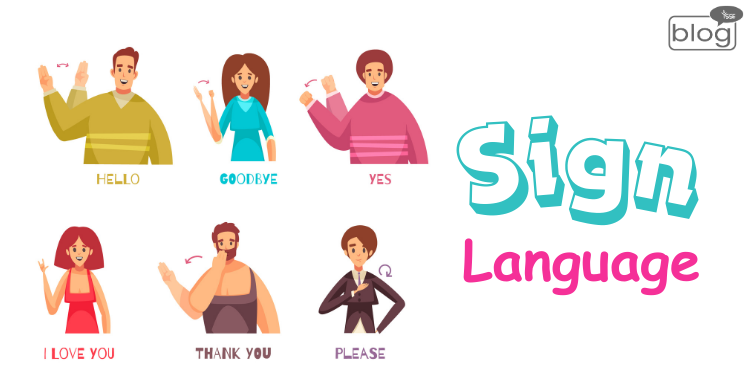The term ‘sign language’ itself speaks for its definition. Many of us may still possess an orthodox belief that sign language is only for people who can’t hear or speak or have certain disabilities and no one except them acquires the skill. However, this is an absolutely wrong perception in today’s world. Most developed countries are currently emphasizing the acquisition of sign language and influencing people to acquire the skill regardless of whether they have disabilities.
Names of some countries are given below where people are encouraged to learn sign language:
Scandinavian countries (e.g., Finland, Sweden and Norway):
These countries teach sign language as a subject in schools so that students can acquire the skill from an early age. Moreover, they tend to promote their sign language by giving it the recognition of minority languages and by conducting several workshops and events.
New Zealand:
New Zealand Sign Language is recognized as one of the country’s official languages and is quite familiar to the whole world. As a result, schools in New Zealand often include sign language in their studies. Moreover, they incorporate sign language interpreters in news broadcasts.
United States:
Many high schools and universities offer American Sign Language as a foreign language credit. Also, several workplaces recruit individuals who know sign language for better service.
Japan:
The government of Japan is promoting sign language so that citizens get encouraged to learn the language and they often integrate SL in TV programs and public announcements.
Singapore:
The government has included promoting the learning of Singapore Sign Language as one of their policies. Schools and several NGOs conduct workshops for promoting sign language.
South Korea:
The government has taken initiatives to promote Korean Sign Language among citizens. News broadcasts and emergency announcements always include sign language interpreters. Only a few countries are mentioned above that are emphasizing the learning of sign language; there are more like these. Now let’s point out the purposes behind the initiative, in other words, let’s know about the impacts of learning sign language:
- Promotes Inclusivity:
Learning sign language helps to bridge the gap between the hearing community and the hearing-impaired community. It aims to ensure that every individual gets the chance to participate equally in every setting of social life.
- Enhances communication skills:
If in any emergency, we face a challenge to communicate through verbal action, sign language can help us. We can also communicate through sign language in places like libraries, where silence is preferred.
- Fosters social bond:
When an individual learns sign language, he/she gets exposed to deaf culture. It fosters understanding and respect towards linguistic diversity. Also, it helps to break the misconception and orthodox belief about the hearing-impaired community.
- Improves cognitive abilities:
One of the impacts of learning sign language can be the boosting of brain functions. Studies showed that it helps to improve spatial reasoning, multitasking and memory skills, along with problem-solving skills and adaptability.
- Broadens career opportunities:
Some of the career opportunities are already mentioned above, like interpreters, journalists and teachers. People who know sign language can choose their careers in different fields like education, healthcare, social work, customer service, and interpreting.
- Global Communication:
Though most of the countries have their own unique sign language (e.g., ASL, BSL, ISL), many signs share similarities, which helps individuals to communicate across countries and cultures.
- Personal Growth:
Learning sign language helps individuals to know about different cultures, preparing them to interact with people from various walks of life. It enables them to be able to adapt to diverse needs.
- Facilitates Better Education:
Teachers can use sign language to enhance classroom engagement and help all students, especially those with learning disabilities or communication challenges. Moreover, research shows that teaching young children sign language improves their verbal communication and language development.
- Preserves culture:
Every language demonstrates a community’s cultures; sign language remains within the category. By learning sign language, we can preserve and transmit our culture and traditions to the next generation.
To sum up, it can be said that, by learning sign language, we can build a world where equity, understanding, and connection will be valued. It’s not just a skill—it’s an initiative to step towards a more inclusive and compassionate society.
To read more blogs, click here
Writer
Kazi Mirana Mainuddin
Intern, Content Writing Department
YSSE

